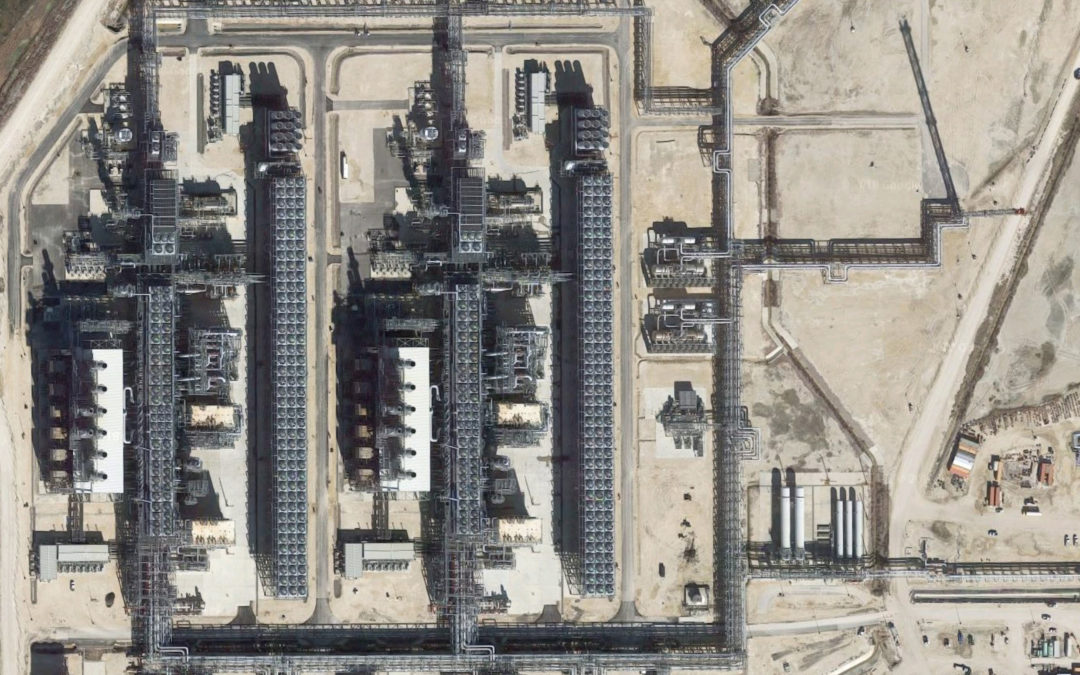SOURCE: Truthout
DATE: January 2, 2019
SNIP: Louisiana plans to collect no industrial property tax from the $15.2 billion Driftwood liquefied natural gas (LNG) export terminal planned for its southwest corner, state officials announced in December.
Critics say this tax break is worth $1.4 to $2.4 billion, making it one of the largest local corporate tax exemptions in American history — even larger than those offered to Amazon for its much sought-after second headquarters.
Proposed by the natural gas firm Tellurian, the Driftwood terminal, which would liquefy and export 4 billion cubic feet of natural gas a day, is one of over a dozen gas export terminals proposed around the U.S. and fueled by a glut of shale gas released by fracking. The final investment decision for Driftwood is expected in early 2019, as are decisions on two other proposed Gulf Coast export terminals.
By 2025, analysts say, the U.S. could become the world’s largest exporter of the fossil fuel LNG.
Driftwood alone could nearly double American LNG exports, as the industry currently has the capacity to export 3.6 billion cubic feet a day, according to the Energy Information Administration. Tellurian plans to pipe shale gas from Texas’ Permian Basin and Louisiana’s Haynesville shale through not-yet-built pipelines to Calcasieu Parish in Louisiana.
The Driftwood plant is expected to create 200 permanent jobs. That means the tab for the 10-year tax break would run as high as $10 million per permanent job, critics say.
The Louisiana community that will forego Driftwood’s property tax revenues — which would normally fund schools, public safety, and other local government programs — is also among those already facing one of the most visible impacts of a warming climate: sea level rise.
But as the sea creeps closer, this southwestern corner of Louisiana has gained international fame for its resistance to accepting climate change as the cause of sea level rise.
Driftwood has a state Clean Air Act permit that will allow it to pump 9.5 million tons of greenhouse gases into the air annually, according to the Environmental Integrity Project — about as much as building two new coal power plants and further contributing to the climate change impacts the region is already facing.

